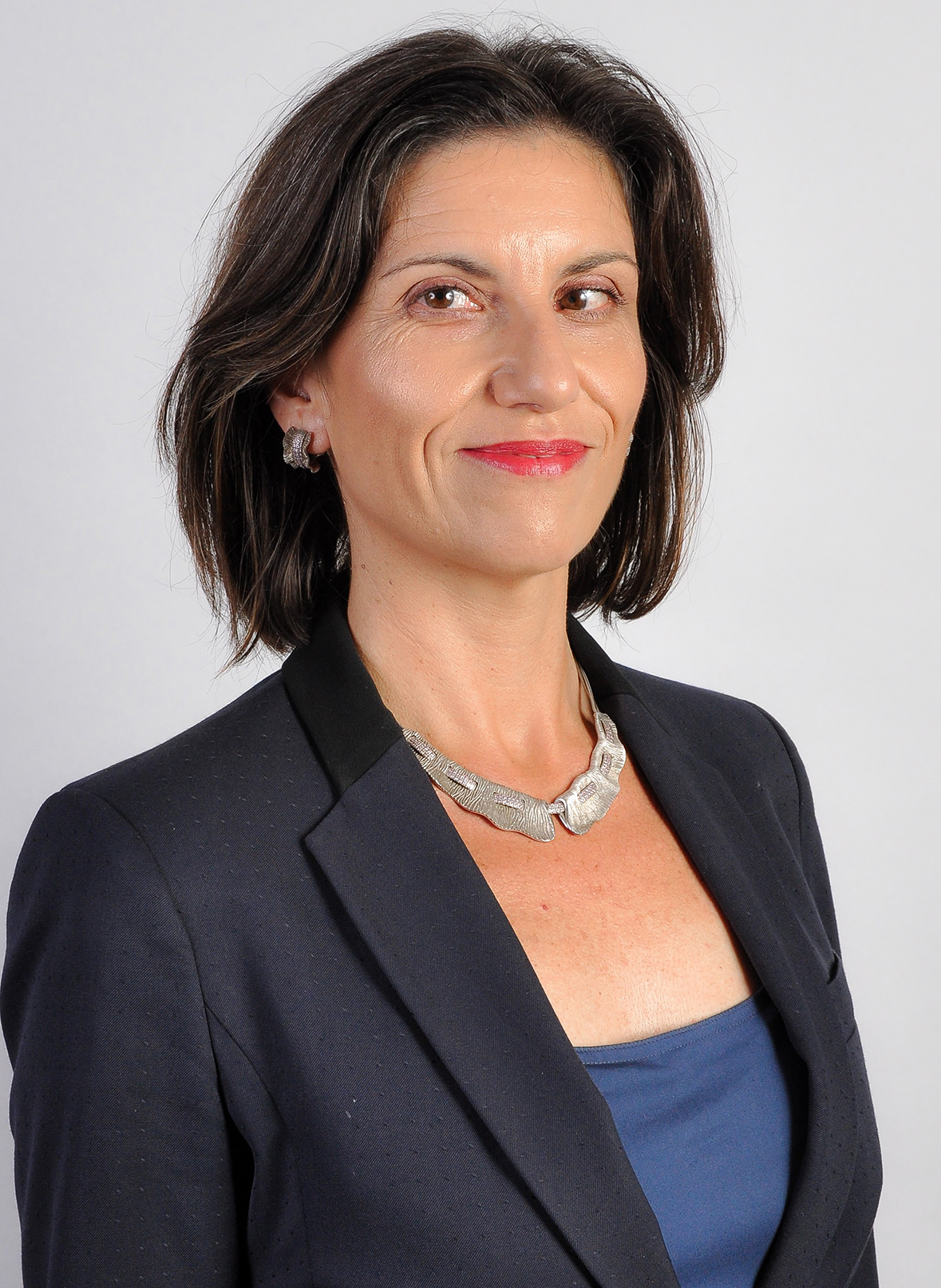Keith Johnstone, the British playwright, director and educator who created the Impro System, realised that improvisators in a scene convey unspoken information (‘subtext’ in drama lingo) by signaling their relative status.
Perceiving the power dynamics between the actors – who takes the lead and who follows – is critical for the audience to understand what’s going on on-stage.
What is status?
When you meet someone for the first time, you ask yourself three things:
- Should I trust them?
- Do they have more or less power than I have?
- Do they threaten my self-esteem?
This happens, as Dr. Heidi Grant Halvorson explains in her 2015 book, No One Understands You–And What To Do About It, because you see them through three different perspectives: the trust, power and ego lenses.
Status is what we see through our power lens.
“When you get up in the morning you do not think about triangles and squares and these similes that psychologists have been using for 100 years. You think about status. You think about where you are in relation to your peers.” – Neuroscientist Michael Gazzaniga, director of the SAGE Center for the Study of the Mind at University of California Santa Barbara
Certain individuals – the Pope, Queen Elizabeth II or Bill Gates – are high-status no matter the context. For most of us, though, status is situational, and it is binary: like playing on a seesaw, when one party is high in status, the other is low.
Although it seems more desirable to be high-status, a low status may sometimes help you win trust and avoid threatening your counter-party’s self-esteem.
Successful sales people and negotiators are well aware of the seesaw effect; therefore, they adjust their and their counterparty’s status continuously. Because they move back and forth from a leading to a following position, they allow the other party to take the lead at certain times. This way, they achieve their objectives and keep the relationship healthy.
Women are sometimes reluctant to adopt the high-status behaviors that would increase their executive presence because some of these behaviors contradict the “manners” they’ve been raised learning. It’s a matter of balance, and of course, confidence.
The energy you radiate
High status: steady energy
When there’s a problem, you don’t worry because you know there will be a solution. And if it’s an unsolvable problem, why worry? Hence, as a high-status person, you appear calm, graceful, almost icy because you are confident in your position. Your mood is not easily influenced by things that happen around you.
Physical expression:
- Silent, low breathing – your upper chest remains still when you breathe in and out
- long pauses when speaking
- deep, relaxed voice; natural tone inflections
- direct eye contact
- head in upright position
Low status: anxious energy
People with low status tend to over-concern about problems, both those that can be solved and those that cannot. External factors easily influence their mood.
Physical expression:
- noisy, shallow breathing; upper chest is high and moves with breathing
- short pauses and fast speech
- high-pitched voice; few tone inflections
- wandering eye contact
- tilted head
How you move
High status: still, slow
Your movements are slow, deliberate, and intentional. When you speak, your hands emphasise your ideas. Your head and neck barely move. If you happened to chew on a hot chili pepper, you wouldn’t start fanning, panting and jumping around.
Low status: fidgeting, quick
Fast, random movements of hands, head, and neck reveal low status. Fidgeting with objects, playing with the keys inside one’s pocket, touching one’s hair or face, rubbing one’s arms or hands are all displays of low status.
How you do things
High status: effortless execution
You do even the most difficult things without any visible effort. Like a gymnast flipping across the mat with a smile on her face, you don’t let others get a glimpse of the effort you put into doing something. This shows your mastery.
Low status: open industry
Some people talk to themselves or make “thinking noises” while performing even easy tasks in front of other people. From the outside, we interpret this as the sign that the person, like a small child sticking his tongue out when learning to write, needs clutches to perform even the easiest tasks. For the perceiver, this is a signal of low skill level.
How you carry yourself
High status: expansive posture
Your taking up space reflects you believe you have the right to utilize as much space as you deem necessary. It signals your feeling powerful.
Also, when you’re high in status you tend to assume a more relaxed, casual body posture even in formal settings, signaling that it’s not your priority to be liked or accepted by others. And freedom from external acceptance is the ultimate expression of internal power.
Low status: contractive posture
On the opposite end, a contractive body language reveals someone’s lacking confidence to occupy the space they’re entitled to. It signals they’re yielding their own space to others with a higher status, or that they feel too vulnerable to open up.
Culturally, women are expected to adopt contractive body postures as a sign of respect, which places them in a low-status position. Therefore, they need to find ways to expand their body postures without feeling rude or inappropriate.
How you react
High status: non-reactive
You do what you think you should do, when you think you should do it – not on someone else’s cue. You don’t react – you act.
You’re the one making the critical decisions, so you don’t follow anyone else’s lead.
You don’t jump to answer as soon as you get a question; you don’t give your opinion immediately; and you don’t get defensive when you receive pushback.
Low status: compliant, hyper-reactive
People who don’t decide need to comply with what someone else has decided.
By responding too quickly, getting defensive or following what someone else is doing, people signal they’re not confident with their own decisions and therefore, they need someone else to tell them what to do.
Carolina Perez Sanz joined Templar in 2017, bringing with her 20 years of diverse, international experience as a communications consultant. Carolina is fluent in Spanish, Portuguese, and French. She holds a PhD in Linguistics from the Complutense University of Madrid as well as an MS in Public Relations and Corporate Communication from New York University.




